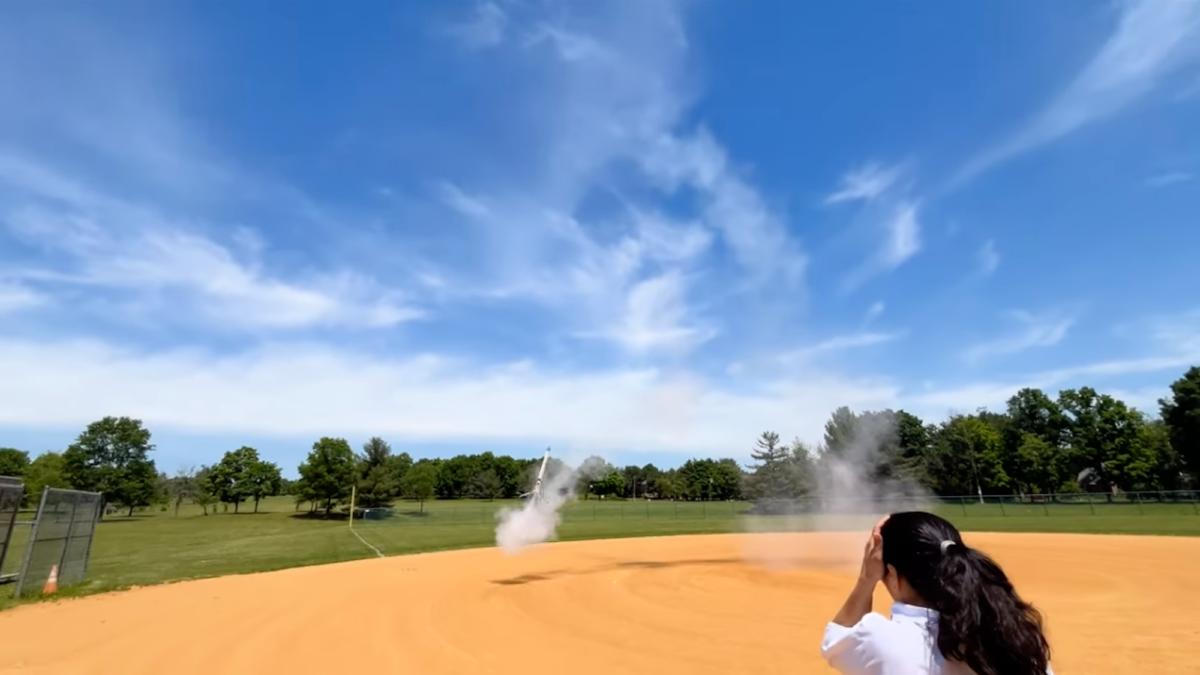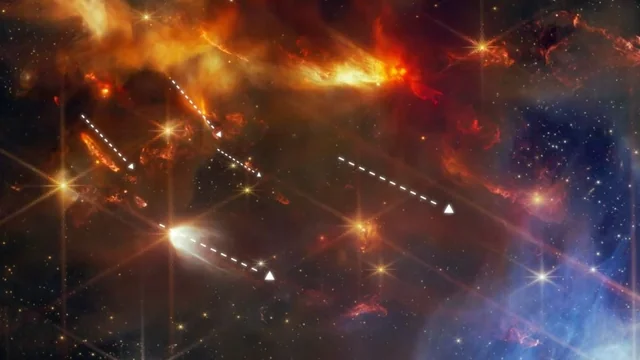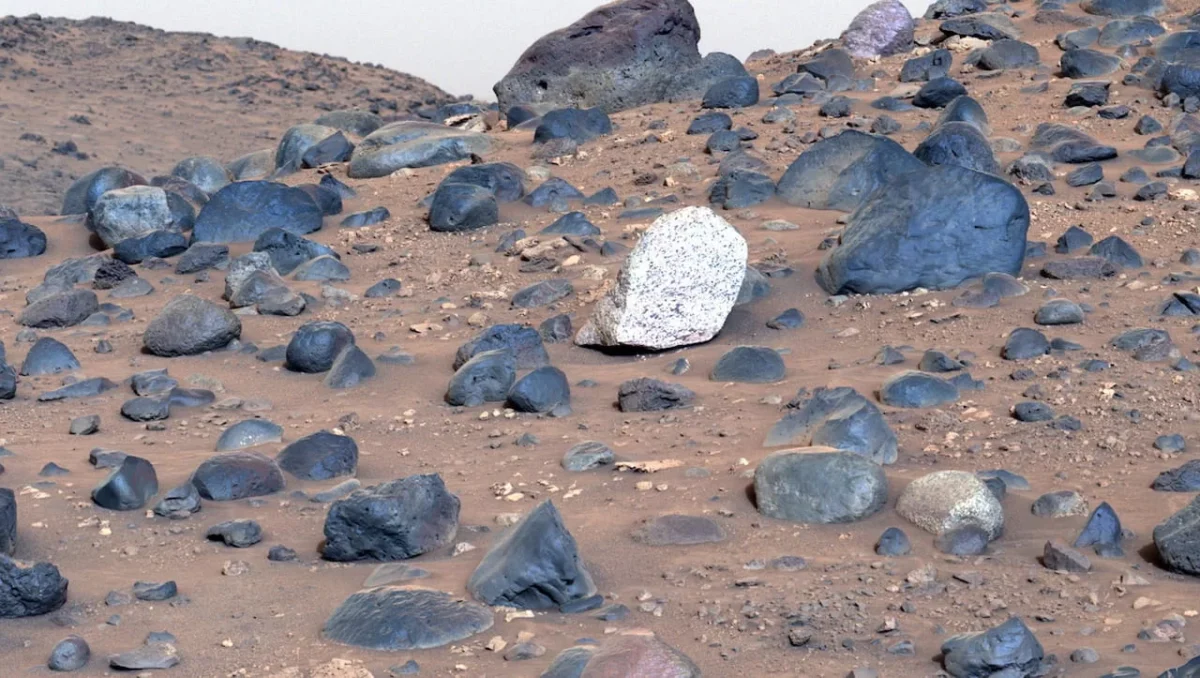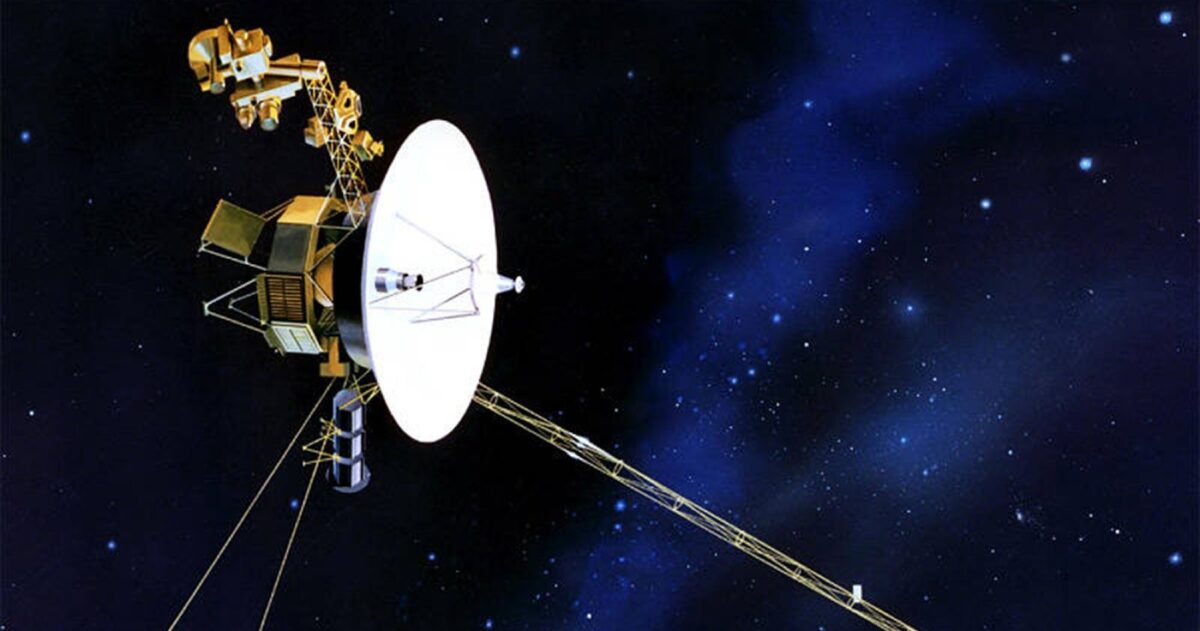First Vertical Landing
It took SpaceX years to successfully achieve the first vertical landing of its reusable Falcon 9 rocket. Inspired by this, model rocket designers have attempted to recreate the feat. Joe Barnard’s BPS.space finally accomplished it in 2022 after seven years of effort. Now, a high school student has joined the ranks of those who have achieved a vertical landing.
In a video uploaded to YouTube on July 5 under his company’s account, JRD Propulsion, Aryan Kapoor describes his journey, which began in August 2021, to design a model rocket capable of propulsive landing. After three years of development, testing, and many failures, he successfully landed his rocket on May 25 after four previous launch attempts.
Unlike Barnard’s iteration, Kapoor’s rocket is an original design rather than a scale replica of a SpaceX rocket. Kapoor’s model uses two solid-propellant motors—one for liftoff and one for descent and soft landing. Kapoor’s rocket features an innovative design that replaces stability fins with thrust-vector controls using a 3D-printed gimbal mount.
Despite some issues with the propellent ejection, Kapoor’s rocket succeeded in its first landing.
Check out his video of the successful launch and how he approached the design. It shows some impressive innovation and determination.




